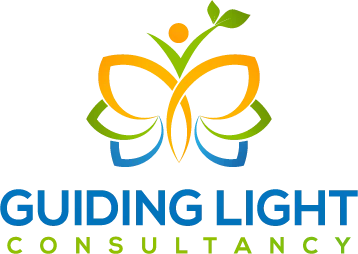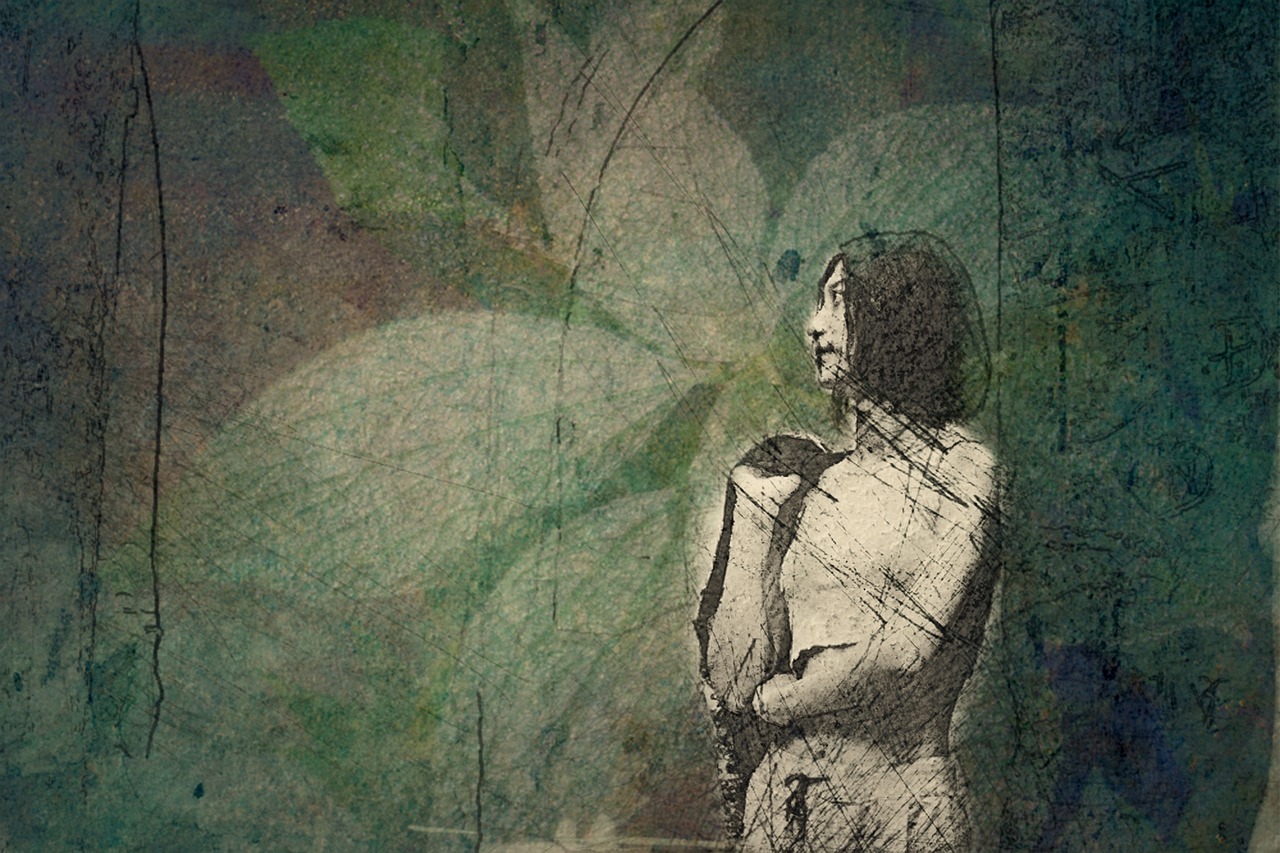The problem with traumas is that you carry them with you throughout life, and sadly you try to forget them lurking in shadows. As they whisper and echo in your subconscious, they manifest at times as limiting beliefs or contribute to adrenaline-fueled fears. Inescapable and unlabelled, these life damaging experiences can cause you varying degrees of harm, or in worse case scenarios, havoc.
What is a Life Trauma?
Life trauma is a deeply distressing or disturbing experience that overwhelms a person’s ability to cope. It can result from a single shocking event (such as an accident, assault, or loss) or ongoing exposure to difficult circumstances (such as childhood neglect, toxic relationships, or chronic stress). Traumas affect both the mind and body, often lingering beneath the surface even when the event itself feels long past.
I always found that labelling emotionally or psychologically scarring life events as “traumas” to be off-putting. It sounds too dramatic and a bit self-indulgent. But I’ve had to learn to recalibrate my views on traumas because you can’t heal a scar until you admit that it needs antiseptic and care, so at a minimum, you’ve got to recognize where it is and reconnect with how it made you feel. That’s the scary and hard part because you’ve probably either run away from the memory or have minimized it for many years.
Small Moments, Deep Impact
Traumas come in many sizes, and it can be the smaller ones that deliver the biggest gut punch. They can be very minor events and undramatic at the time of occurance, but their impact could be felt lifelong. For example, when I was five my brother tweaked my nose and told me, “You know, your nose looks like the funny part of a chicken. It’s ugly.”
In my child’s mind, this was someone that I loved telling me that I was ugly. While I navigated my life without considering this a traumatic experience, with wisdom and hindsight, I can see its impact as I aged to teenage years, and throughout my adult life as I avoided taking pictures. At sixteen, I waited until the very last moment to approve my high school yearbook picture. They practically had to threaten to leave me out due to my lack of response. I thought my nose looked terrible. My brother’s criticism had been hardcoded.
The thing about traumatic events is that they can be tiny ripples that may seem silly or insignificant to others. You might ponder what was the big deal dismissively, as you hesitate to share this trivial event or experience with a friend or relative. But that the wrong approach. It’s important that you never allow anyone to negate how you responded to a personal trauma (no matter how insignificant it might seem) by trying to impose their subjective judgment on what had occurred. Validating your feelings and gaining perspective is vital in addressing any slight; important for negating the escalation of hurtful or embarrassing experiences into traumas.
When Past Traumas Resurface
I’ve spent years digging out my traumas and examining them, whether little or large because I felt it was important to understand myself and to grab hold of my internal narrative. I especially wanted to understand the negative narratives that swirled in my head.
In addition, traumas that remain hidden can trigger extreme emotional responses and impact your resilience and ability to deflect other negative experiences. Let me explain, I didn’t have to nurse the hurt or damage that my brother’s comment had made on my self-esteem for it to metamorphise into a minor touch of body dysmorphia. In my five-year-old mind, I knew that I was very hurt, and I took on-board what he said to me as fact. I had a funny nose that made me ugly. I wish I could be kind and say that it was a throw away remark that wasn’t meant to be hurtful. (Unfortunately, I can’t explain my brother’s reasoning or cause, but it was meant to be hurtful.)
Fast forward to the eve of my marriage at 21. I was in the throes of wedding planning and had booked a full facial a few days before the wedding at Saks Fifth Avenue in New York. It was going to be a special treat and the setup for my day of being treated like a princess. I worked a few blocks away from the landmark store and I wanted the full works. I had a beautiful lace dress, hat and fabulous shoes in cream, and I wanted my skin and make-up to be perfect.
I was a few minutes late to the salon at the posh, expensive store and rushed upstairs. The beautician assigned to me frowned as I walked up to her. I can remember her lips moving to the side as she examined my face. I was immediately uncomfortable. How was this woman going to fulfil my dream of feeling beautiful on my wedding day? She told me that we were short on time and that she wasn’t going to remove all my makeup (not that I wore much). We had to be quick.
She gave me the facial and towards the end, stroked the scar tissue of my inner five-year-old: “Shall I try to thin the appearance of your nose? It’s a little broad, isn’t it? I could use a darker powder to each side. And what about the lips, we could try to thin the appearance of them by…”
I was mortified and angry in the same instance. Objectively, I realized that I was being held up to a Caucasian standard of beauty. This standard required thinner lips and a much thinner nose, but I couldn’t objectively reject her standard because my limiting belief (that had whispered to me for many years), felt validated. It stormed my defences with, “I told you so.”
I relate this second experience because while this was an example of a manifestation of unconscious bias, the existence of the trauma of a five-year-old being told her nose looked like the funny part of a chicken, re-staged the experience in the wrong context. Instead of rejecting a horrible criticism of my ethnic features (in the sense that your features need to be changed to conform to a cultural standard hostile to your own), my limiting belief that stemmed from a childhood trauma, validated her bias and resulted in me feeling diminished. I was in tears on and off for the few days prior to my wedding. The same level of tears has echoed through the years and stirred up the pain of rejection and lack of love.
Identifying Your Life Traumas
So how does one identify and rise above these life traumas? The first step is recognition.
Signs of Recognizing Past Life Traumas
- Emotional Triggers & Overreactions
- Intense emotions (anger, sadness, fear) triggered by situations that may seem minor.
- Reacting strongly to specific words, places, or interactions without fully understanding why.
- Avoidance and Numbing
- Avoiding certain topics, places, or people connected to past pain.
- Using distractions like overworking, excessive scrolling, or substance use to block feelings.
- Feeling disconnected or emotionally numb in situations where you should feel something.
- Recurring Negative Patterns
- Repeating unhealthy relationship dynamics (e.g., attracting controlling partners, struggling with trust).
- Fear of abandonment or rejection even in safe relationships.
- Struggling with self-worth and constantly seeking external validation.
- Unexplained Physical Symptoms
- Chronic headaches, muscle tension, digestive issues, or fatigue without a medical explanation.
- Panic attacks, rapid heartbeat, or difficulty breathing in stressful situations.
- Intrusive Memories and Flashbacks
- Vivid memories, nightmares, or feeling like you’re reliving a painful moment.
- Sudden emotional shifts tied to an experience resurfacing.
- Difficulty Trusting & Forming Connections
- Fear of being vulnerable or opening to others.
- Feeling alone or misunderstood, even in a supportive environment.
- Tendency to push people away or build emotional walls.
How Life Traumas Impact Your Life
🔹 Self-Limiting Beliefs – Trauma can plant thoughts like “I’m not good enough,” “I don’t deserve happiness,” or “I can’t trust people.”
🔹 Emotional Instability – Unresolved trauma may lead to anxiety, depression, or mood swings, making daily life feel overwhelming.
🔹 Decision-Making and Life Choices – Past trauma can unconsciously shape career choices, relationships, and how you handle challenges.
🔹 Fear of Change and Growth – Trauma survivors may hesitate to take risks, avoid new opportunities, or stay in comfort zones out of fear.
The Path Forward: Healing and Growth
Recognizing past trauma is the first step toward healing. Once acknowledged, strategies like therapy, journaling, self-awareness, and mindfulness can help process these experiences. The journey isn’t always linear—some days will feel like progress, while others might bring old feelings back to the surface. That’s normal and part of the healing process.
In my own journey, I’ve found that naming my traumas—even the seemingly small ones—has been incredibly liberating. It’s allowed me to separate who I truly am from the stories I was told or the painful experiences I endured. Each time we recognize and process a trauma; we reclaim a piece of ourselves that was previously defined by pain.
Would you like tips on overcoming and healing from past traumas? Read my upcoming blog on overcoming traumas positively, where I’ll share practical techniques and mindfulness practices that have helped me transform my relationship with my past and build greater resilience.
Share your thoughts in the comments below. Have you recognized “small” traumas that had a significant impact on your life? What helped you begin your healing journey?






